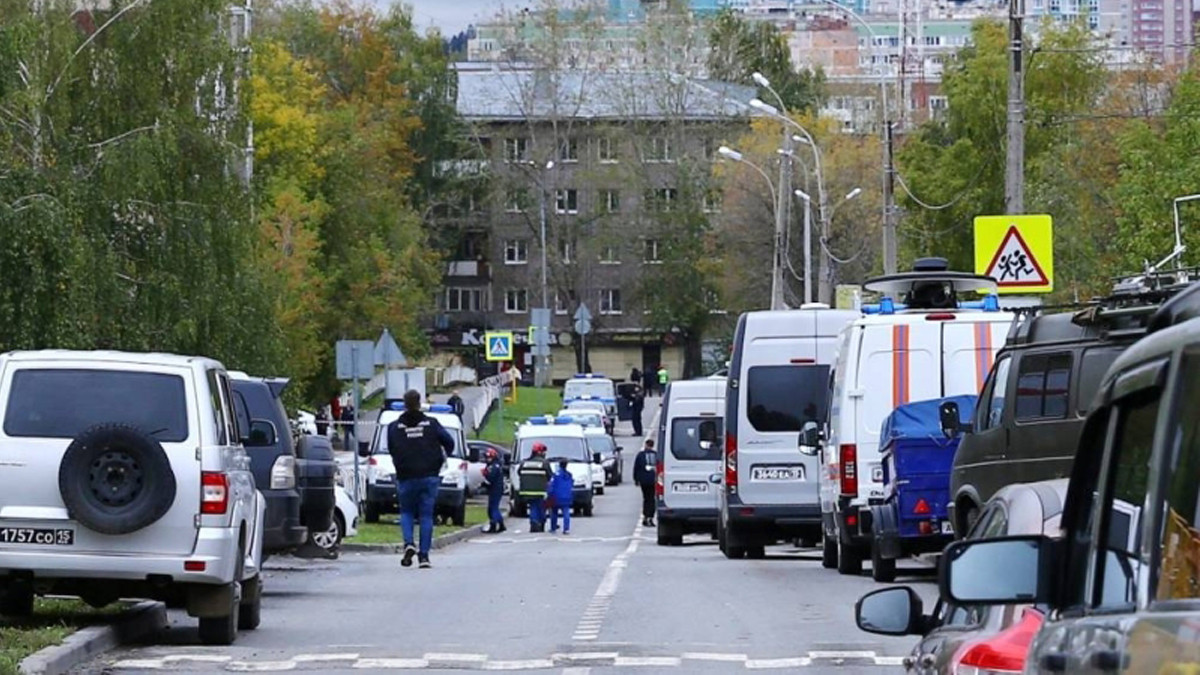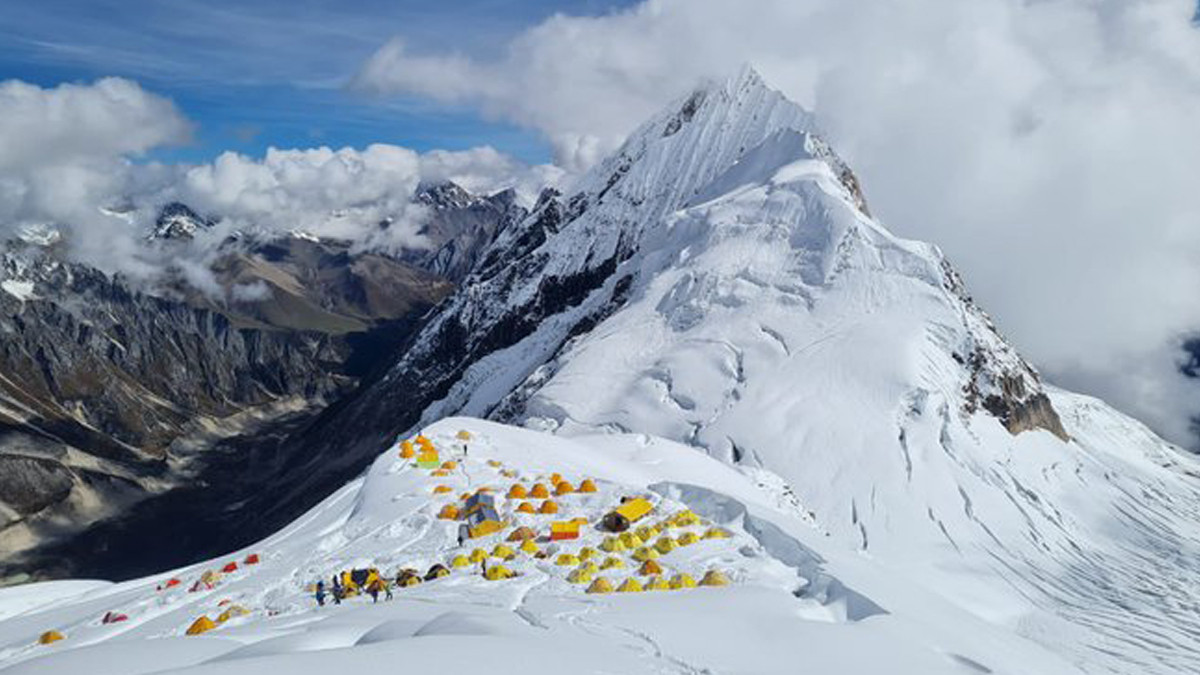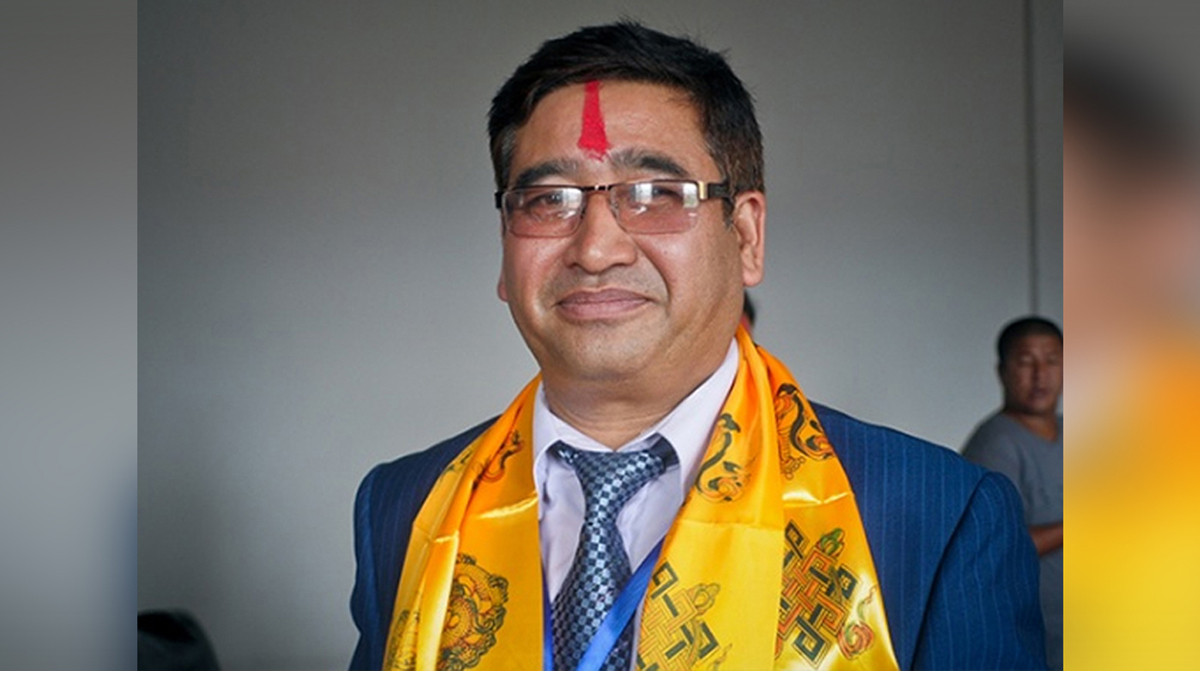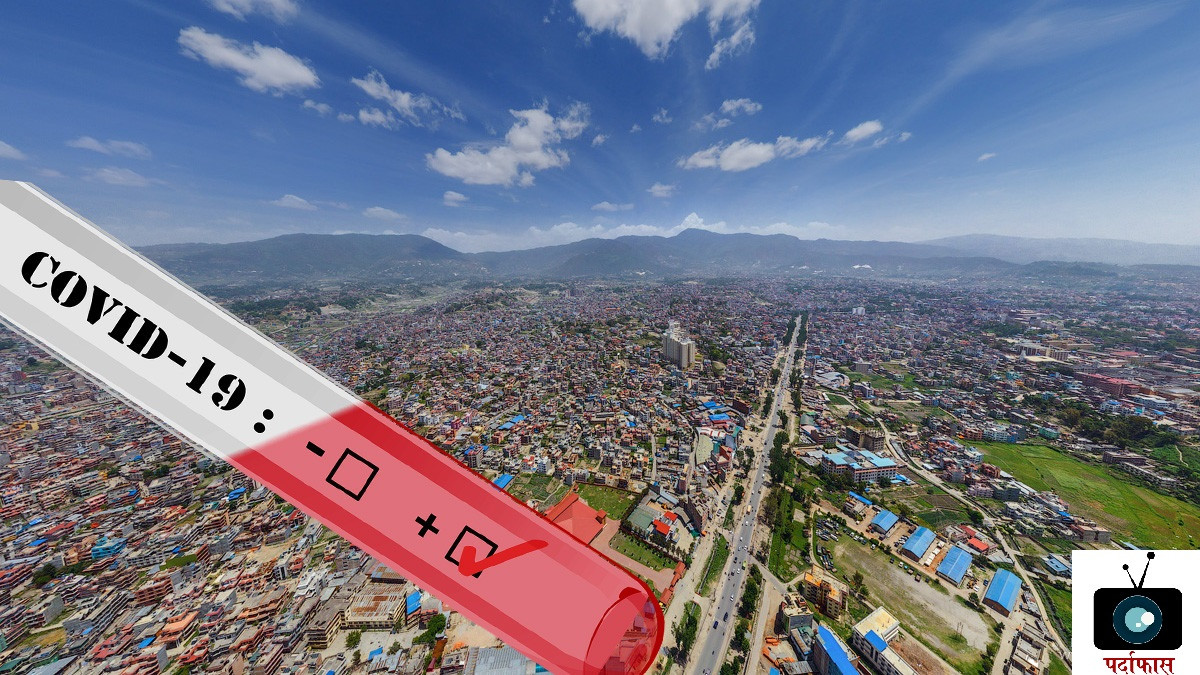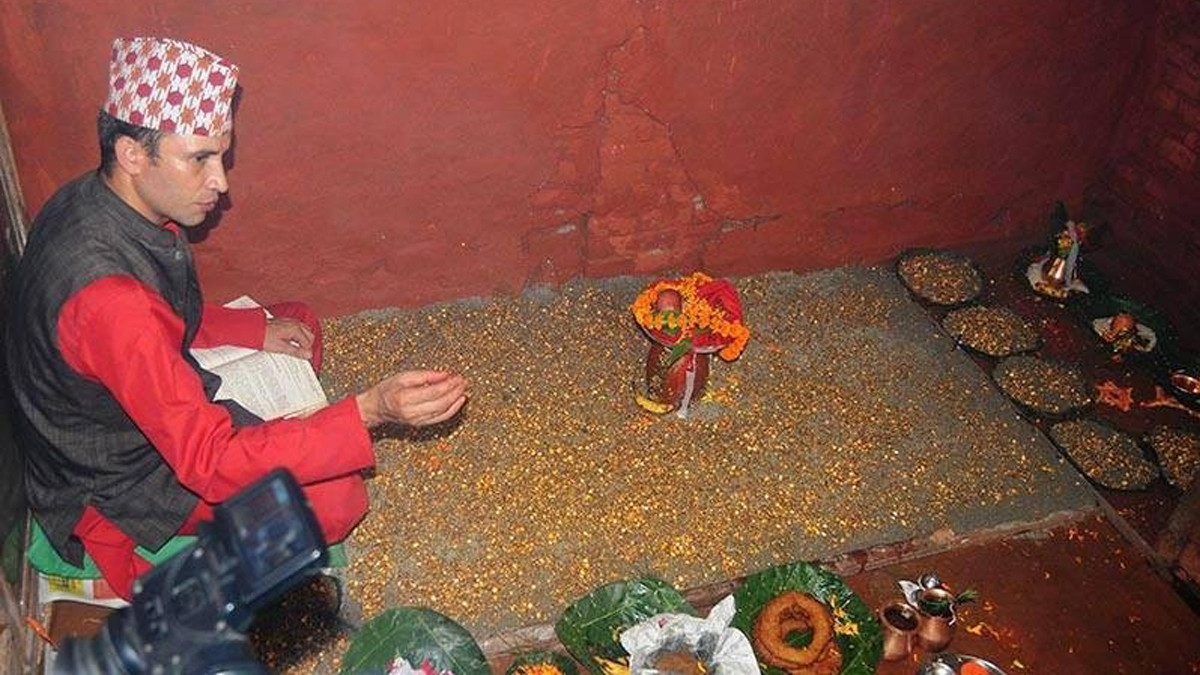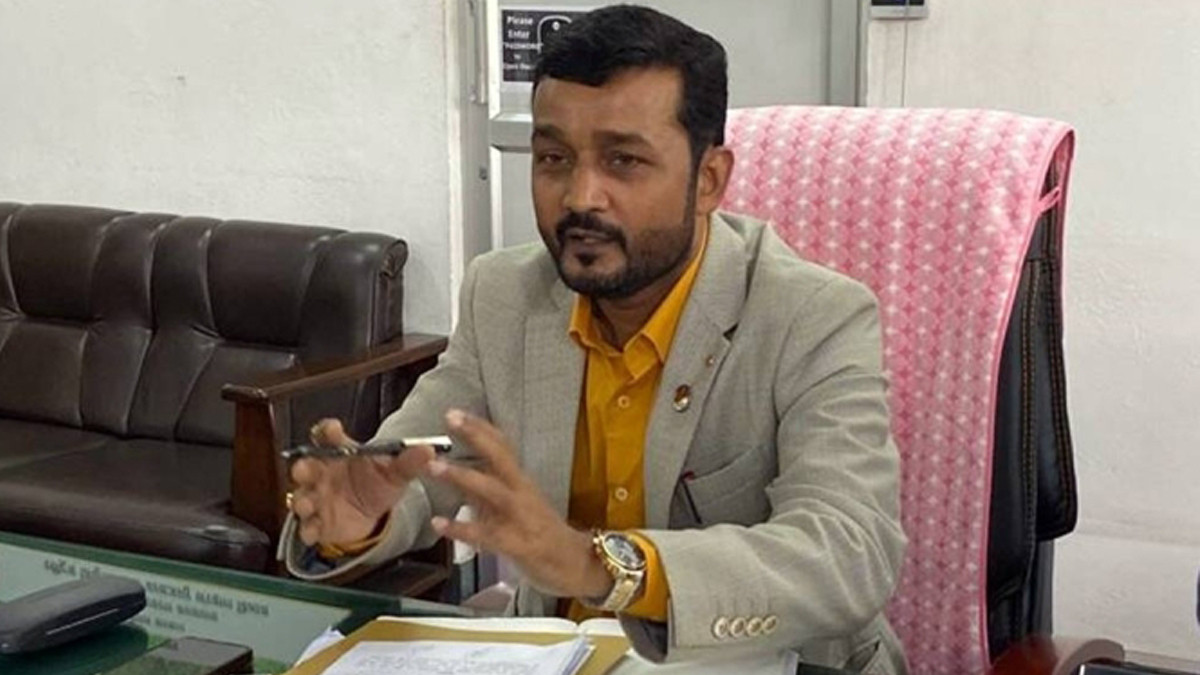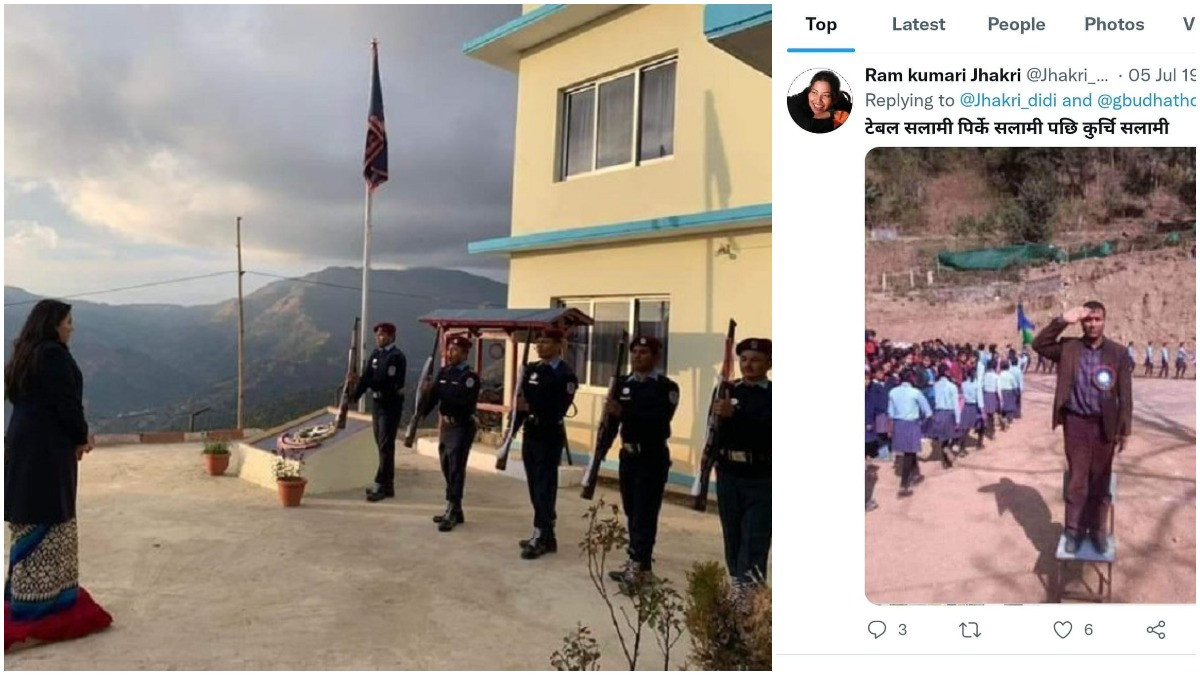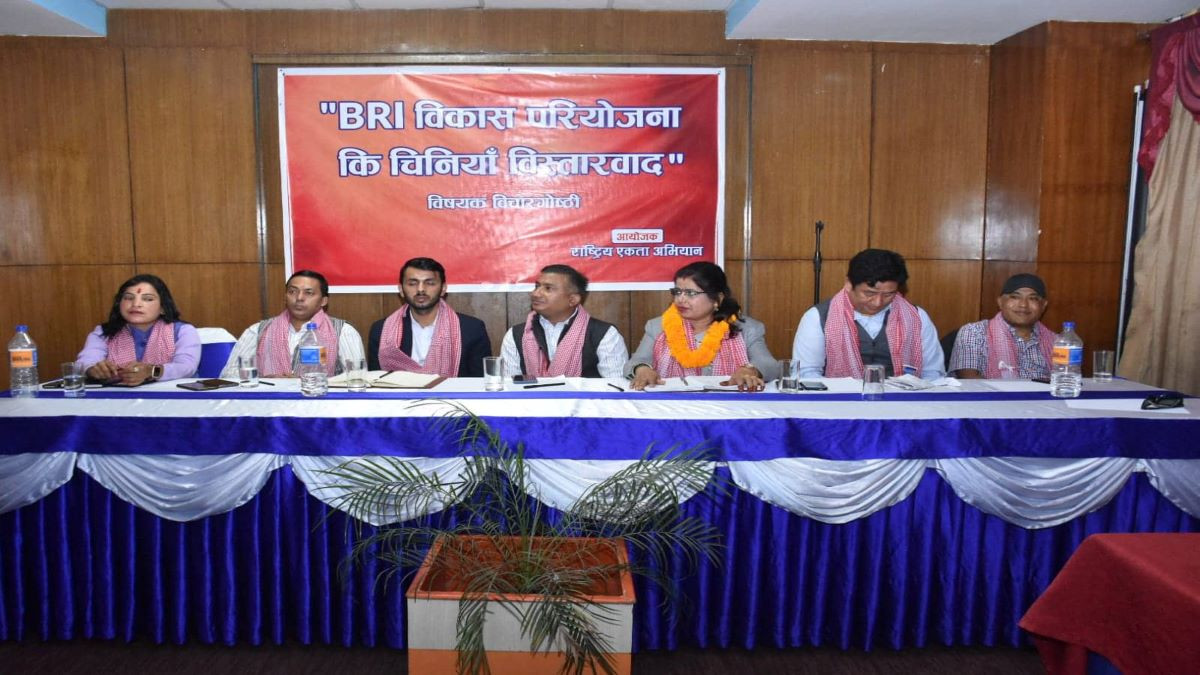 Madhesi Commission member Renudevi Sah was the chief guest of the program.
Madhesi Commission member Renudevi Sah was the chief guest of the program.
China's ambitious Belt and Road Initiative (BRI) agreement have been kept secret because it is not beneficial to Nepal, speakers said at a program in Kathmandu.
At a seminar organized by the Rastriya Ekata Abhiyan in Kathmandu on Saturday, on the topic 'BRI: Development Project or Chinese Expansionism?' the speakers said that BRI is kept secret because there is no benefit to Nepal from this project.
The seminar was held at Alpha House in New Baneshwor. Buddha Chiring Moktan, Central member of Nepal Samajwadi Party Binod Gurung, leader of Janata Samajwadi Party Kamal Yadav, advocate Kiran Paudel, Central vice president of the campaign Sunita Sah and others were of the opinion that BRI would be fatal for Nepal.
Speaking at the event, campaign Chairman Binay Yadav said that the government has kept the agreement secret because BRI is not beneficial for Nepalese.
He said that the Belt and Road Initiative (BRI) agreement between Nepal and China is a Chinese conspiracy to plunge Nepal into debt.
Madhesi Commission member Renudevi Sah was the chief guest of the program.
What is BRI?
Belt and Road Initiative (BRI) is a strategy initiated by the People’s Republic of China that seeks to connect Asia with Africa and Europe via land and maritime networks with the aim of improving regional integration, increasing trade, and stimulating economic growth.
The name was coined in 2013 by China’s President Xi Jinping, who drew inspiration from the concept of the Silk Road established during the Han Dynasty 2,000 years ago – an ancient network of trade routes that connected China to the Mediterranean via Eurasia for centuries.
The BRI has been associated with a very large program of investments in infrastructure development for ports, roads, railways, and airports, as well as power plants and telecommunications networks. Since 2019, Chinese state-led BRI lending volumes have been in decline. The BRI now places increasing emphasis on “high-quality investment”, including through greater use of project finance, risk mitigation tools, and green finance.
This includes 30 percent of the world's GDP, 62 percent of the population, and 75 percent of the identified energy resources. The target is to complete the project by the year 2049 by the relevant countries and international organizations working together.


